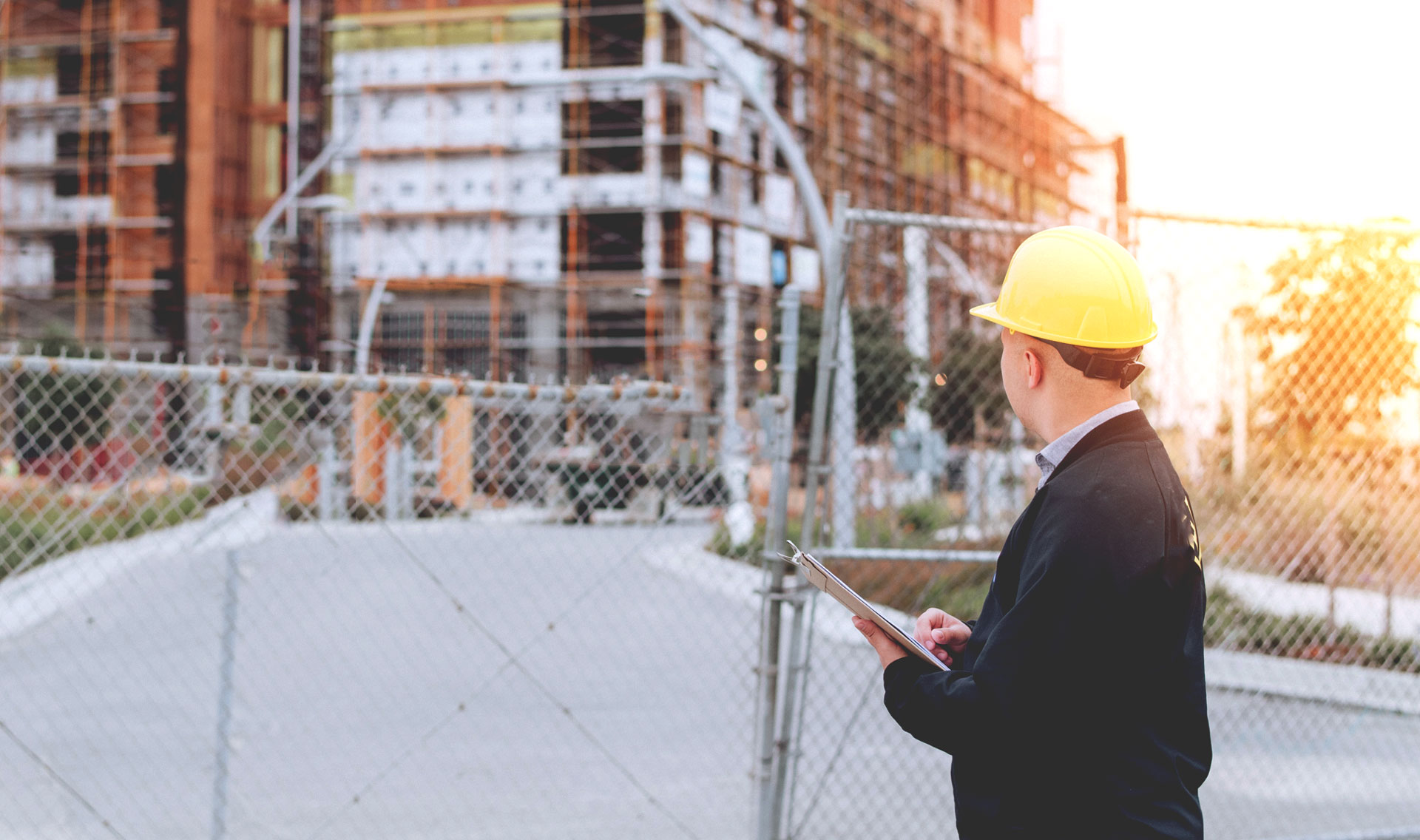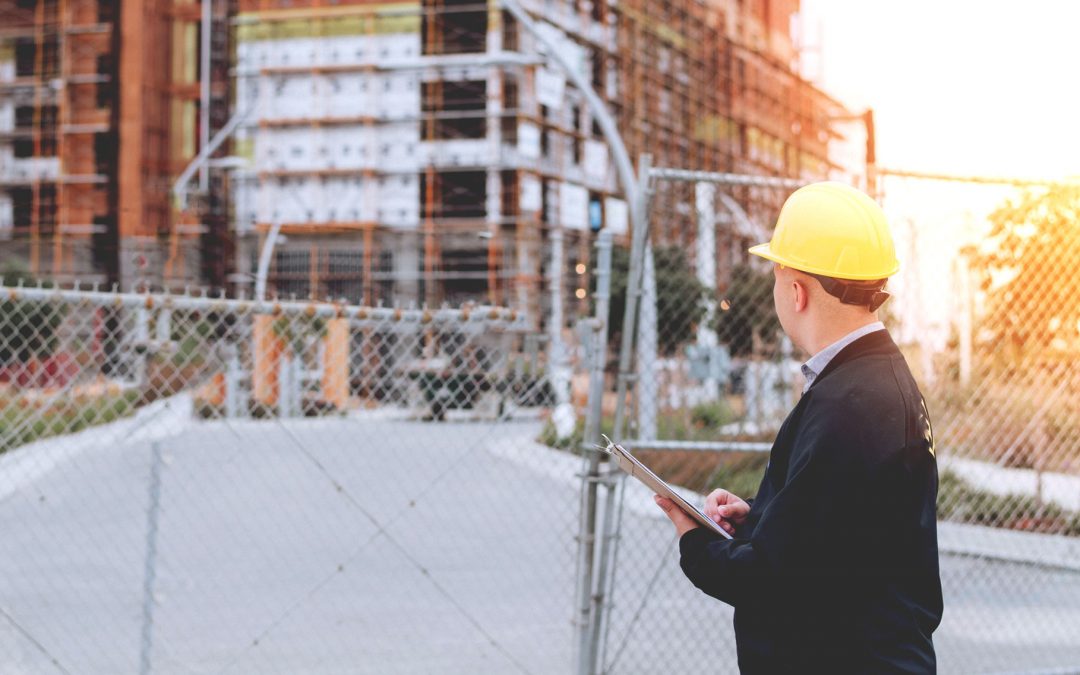Government buildings are more than just structures; they are symbols of public trust, community service, and operational efficiency. From courthouses and schools to military installations and administrative offices, these facilities play a crucial role in the daily lives of citizens and government employees alike. Regular renovation and maintenance of these buildings are not just practical considerations but essential investments in safety, functionality, and long-term value.

Ensuring Safety and Structural Integrity
The safety of occupants and visitors is a top priority for any building, and government facilities are no exception. Over time, wear and tear can compromise the structural integrity of a building. Issues such as cracks in walls, aging HVAC systems, or outdated electrical wiring can pose significant risks if left unaddressed.
For example, regular inspections can identify and mitigate hazards such as roof leaks that could lead to mold growth or electrical problems that might cause fires. Proactive maintenance not only protects the health and safety of occupants but also minimizes the risk of liability for accidents or injuries.
Enhancing Operational Efficiency
Government buildings are often high-traffic areas, hosting thousands of employees and visitors daily. Ensuring these facilities operate efficiently is vital for productivity and service delivery. Regular maintenance of critical systems such as heating, cooling, plumbing, and lighting ensures they function optimally, reducing energy consumption and operational costs.
For instance, replacing outdated HVAC systems with energy-efficient models can significantly lower utility bills and reduce the building’s carbon footprint. Additionally, proper insulation and modern lighting solutions can enhance energy efficiency, creating a more comfortable environment for occupants while saving taxpayer dollars.
Preserving Historical and Cultural Significance
Many government buildings are historical landmarks with unique architectural features. Regular renovation ensures these structures retain their historical and cultural significance while meeting modern safety and accessibility standards. Preservation efforts often include repairing ornate facades, restoring vintage windows, or upgrading interiors to match the building’s original design.
By maintaining these buildings, governments honor their heritage and provide citizens with a tangible connection to their shared history. Renovation projects for such landmarks require specialized skills and materials, underscoring the importance of hiring experienced contractors who understand the delicate balance between preservation and modernization.
Adapting to Changing Needs
As communities grow and technology evolves, the functional requirements of government buildings often change. Spaces initially designed for one purpose may no longer meet current demands. Renovation allows for the reconfiguration of spaces to accommodate new uses, such as converting an underutilized storage area into a modern conference room or upgrading technology infrastructure to support advanced communication systems.
For example, in response to the increased need for telecommunication capabilities, many government offices have updated their IT infrastructure. This ensures seamless connectivity and supports the integration of smart technologies, enhancing the overall efficiency of operations.
Meeting Accessibility Standards
Government buildings must be accessible to all citizens, including those with disabilities. Compliance with the Americans with Disabilities Act (ADA) and other accessibility standards is not just a legal requirement but also a reflection of a government’s commitment to inclusivity.
Regular renovation projects can address accessibility concerns by adding ramps, elevators, and automatic doors or by modifying restrooms to meet ADA guidelines. These updates ensure all citizens can access public services without barriers, fostering a sense of equality and inclusion.
Reducing Long-Term Costs
Neglecting maintenance can lead to costly repairs or even the need for complete reconstruction. A small roof leak, if ignored, can lead to extensive water damage, mold remediation, and structural repairs. Regular maintenance and timely renovations help prevent minor issues from escalating into major problems.
Additionally, well-maintained buildings have a longer lifespan, reducing the need for frequent replacements and extensive overhauls. This translates to significant cost savings over time and demonstrates responsible stewardship of public funds.
Supporting Sustainability Goals
Sustainability is an increasingly important consideration for government facilities. Renovation projects often include upgrading to energy-efficient systems, installing renewable energy sources such as solar panels, or using sustainable building materials. These initiatives align with broader environmental goals and reduce the environmental impact of government operations.
For example, retrofitting a building with energy-efficient windows and LED lighting can dramatically cut energy use. Similarly, incorporating green roofs or rainwater harvesting systems can promote sustainability while reducing utility costs.
Boosting Public Confidence
Well-maintained government buildings convey a message of competence and accountability to the public. They reflect the government’s commitment to providing high-quality services and maintaining infrastructure that meets the needs of citizens. Conversely, neglected buildings can erode public trust and create a perception of inefficiency or mismanagement.
Investing in regular maintenance and renovation projects ensures that government facilities remain functional, attractive, and representative of the values they embody. Whether it’s a courthouse, a city hall, or a public library, a well-maintained building fosters community pride and trust.
Creating Job Opportunities
Renovation and maintenance projects also have a positive economic impact by creating jobs and stimulating local economies. Hiring skilled contractors, electricians, plumbers, and other professionals supports employment and contributes to the community’s economic health.
Furthermore, sourcing materials locally for these projects can further boost regional industries, providing an additional economic benefit. By investing in infrastructure, governments also invest in the workforce and the broader economy.
Planning for the Future
Regular renovation and maintenance are essential components of long-term facility management. Governments that prioritize these activities are better equipped to handle future challenges, from natural disasters to technological advancements.
Strategic planning and investment in maintenance ensure that buildings remain resilient and adaptable. This proactive approach not only extends the lifespan of facilities but also prepares them to meet evolving needs, whether it’s accommodating larger populations or integrating new technologies.
Conclusion
Government buildings are vital assets that require regular care and attention to serve their purpose effectively. From ensuring safety and efficiency to preserving cultural significance and supporting sustainability goals, regular renovation and maintenance offer numerous benefits. These activities demonstrate a commitment to responsible governance, enhance public confidence, and contribute to the long-term value of public infrastructure.
For government contractors specializing in construction and renovation, these projects represent an opportunity to make a meaningful impact. By partnering with skilled professionals, governments can ensure their facilities remain functional, efficient, and emblematic of public trust for years to come.

